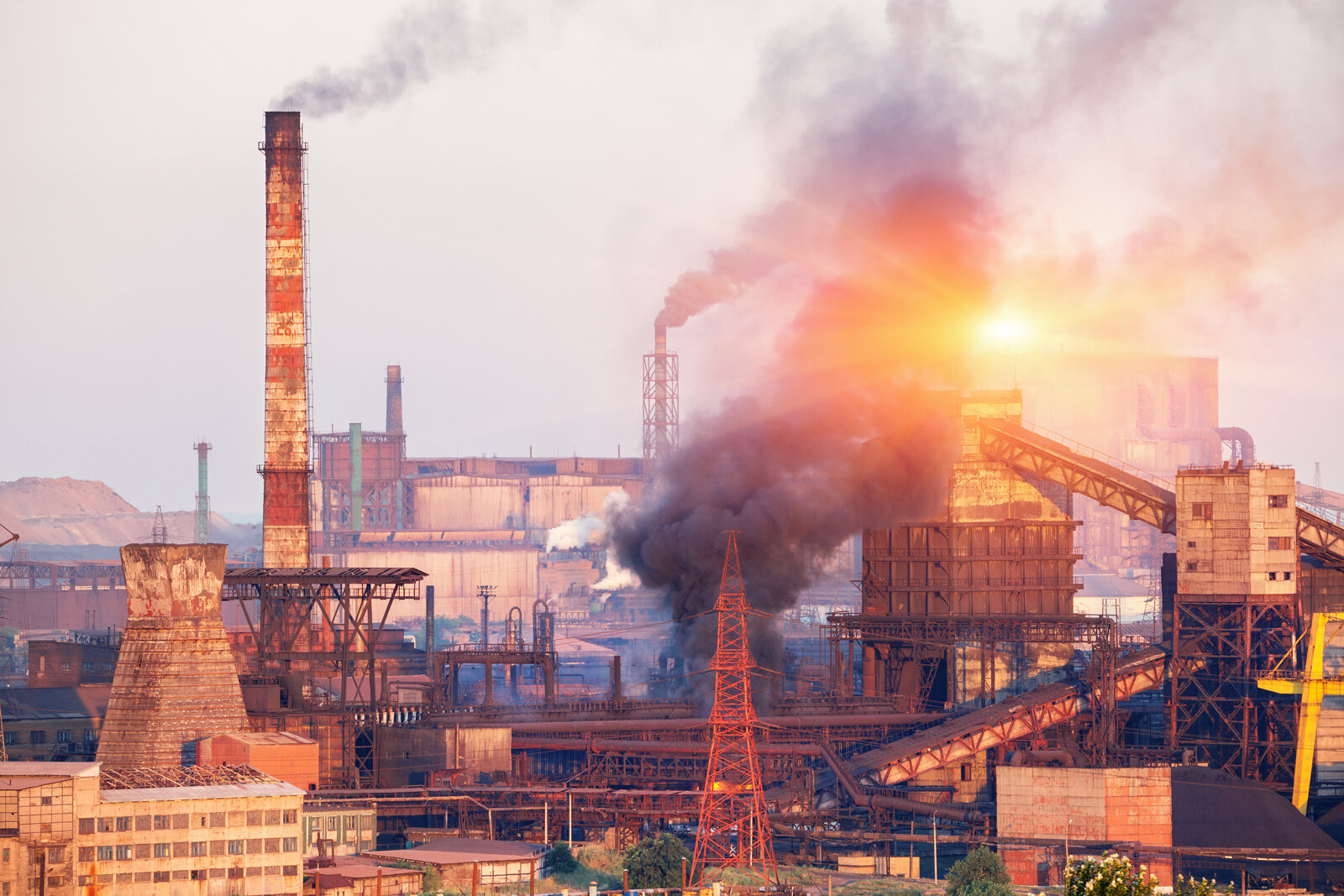
Global Warming – A Recap.
The Earth has warmed largely through human actions causing carbon emissions to be higher than absorption.
Temperatures are not on track to hit the target of max 1.5°C warming… maybe +4.5°C.
How the years compare with the 20th Century average
Average warming (°C) projected by 2100
As temperatures rise, many major cities are at risk.
Extent of climate change on major cities of the world by 2050
Recent research by the Crowther Lab in Zurich models the temperature of cities to 2050.
The size of the circle represents the degree of change.
Red signifies cities which will have climates which have never been experienced before, i.e. extremely hot.
Green shows cities where the temperature will change, but will be at a level already known elsewhere e.g. London will be more like Madrid.
Many huge cities including Singapore, Mumbai, Jakarta, Lagos, the Gulf States and most of the US eastern seaboard could be very difficult environments in future – hotter than any other cities currently experience.
Always remember that the Earth cools itself through water cycles: without ample water, nothing lives .
Human activities have caused dust & greenhouse gases - forming haze, reducing the water supply and trapping heat.
Source: Walter Jehne Regenerate Earth © Alisdair Ferrie 2020
The Negative Heating Cycle
Water vapour from evaporation combines with dust and smoke particles to create haze.
CO2 and other gases join, forming an insulating green house gas blanket (70% haze/30 % CO2 and other gases).
Haze particles are negatively charged and don’t combine easily to create water droplets, disrupting normal cloud formation and stopping rain.
This greenhouse gas blanket heats the planet by absorbing heat from the sun and preventing heat from escaping to space. These account for 60% of warming.
Increasingly dry/degraded earth surfaces become hotter, dryer and dustier adding to haze. The re-radiation from these hot surfaces then cycles around continually between the hot earth and the haze, not able to escape.
The earth’s reservoir (sponge) dries out and the green declines.
High levels of energy and greater atmosphere temperatures cause extreme weather events.
The normal heat cycle has been disrupted.
Net Zero should read minus 20 billion tons p.a. x 10years: to radically reduce the C stock rather than just contain the flows.
There are different views on ‘stability’, but all agree carbon must be pulled out of the atmosphere.
Emissions are still rising at an alarming rate… now up to 10-15 BtC per year, with threats of explosive growth in methane when ice caps melt.
As of May 2020, we are at 417ppm carbon dioxide in the atmosphere equating to nearly 890 billion tonnes carbon (BtC). Stability targets of 300-350 ppm imply 140-250 BtC drawdown, plus cutting todays emissions to net zero.
Realistically >200 BtC needs to be drawn back on or below the earth by 2040, or 10Bt per year for the next 20 years. Given we are at +10, this means minus 20Bt from today’s levels.
Current plans come nowhere close to these levels:
Focus is on annual emissions, not the huge stock which, left as-is, will cause calamitous climate issues.
Focus is mostly on Fossil Fuels which if eliminated completely gets us to Zero, requiring ANOTHER -10.
Restoring the carbon balance is feasible by restoring the water cycle through better soils & more greening.
Current focus on fossil fuel emissions reduction, whilst essential, is neither sufficient nor fast enough to prevent the next phase of global warming.
Re-greening and soil regeneration offers an opportunity to address the water cycle which cools, and absorb other sets of emissions equivalent to 500% of total fossil fuel emissions.
A blend of several methods can get us to the -20Bt pa net carbon capture we urgently require.
If we act quickly and in a coordinated manner, we may avoid the worst.
Potential Global Biological Carbon Capture Opportunities vs Fossil Fuel & Industry Emissions BtC per annum


